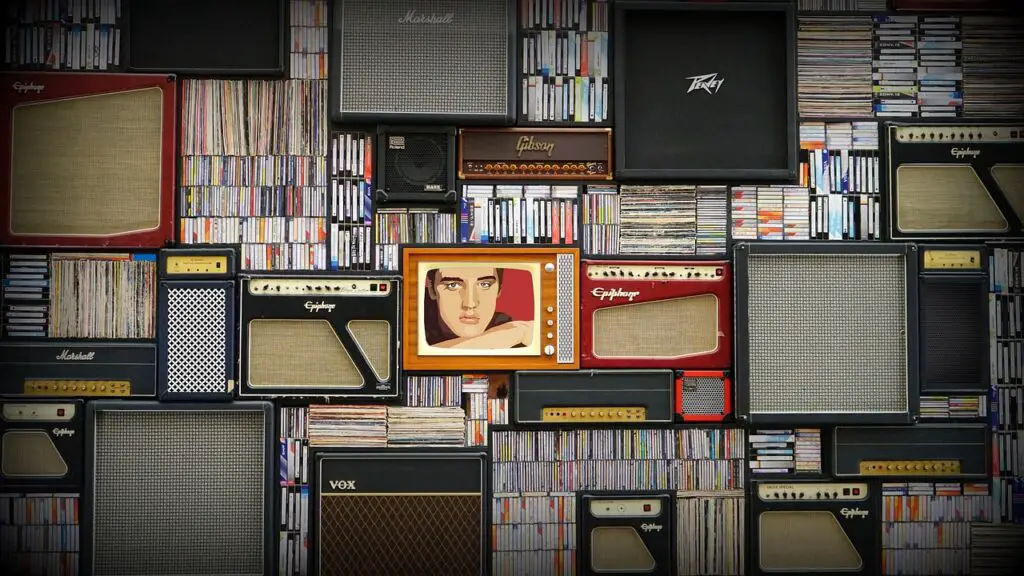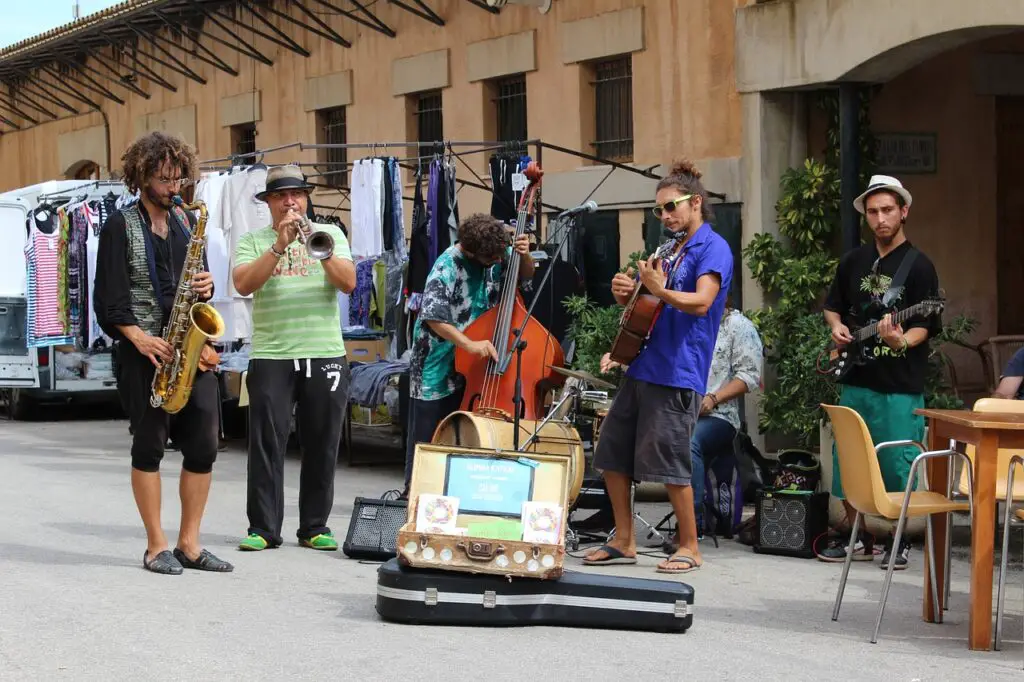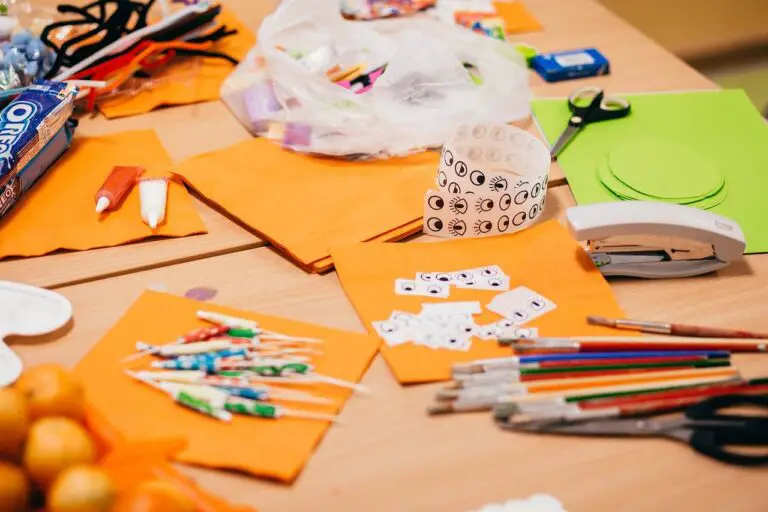I love music. Chances are a lot of your students do, too. It’s a massive part of culture no matter where you are.
Not only is it a great topic to learn about, but it opens the door to developing listening skills, as well as letting your students express their creative sides in English.

So here I’m sharing five of my favourite activities you can do when teaching music in EFL/ESL.
1. Song word board
This is a great activity that does two important things. First, it practices listening skills, and second, it gets students finding the right vocabulary to express how they feel.
It’s super simple. Get a song that’s appropriate for your group. Modern pop is always a good bet, and if you’re not sure, classics like The Beatles or Queen work just fine. But if your group has a particular preference, go with that.
Play the song. Meanwhile, students should be ready to write. While they listen to the song, they should first write any interesting words they hear in the song.

Then listen again. This time, they write words about how the song makes them feel, or words related to the tempo, rhythm or ideas expressed in the lyrics.
For example, if you choose “Imagine” by John Lennon, they might write down: calm, inspirational, hope, soft, etc.
If you have advanced students, you could get them to write both lyrics and feelings at the same time.
At the end, get everyone to share what they wrote down and create a big word wall. If they thought of something but couldn’t find the word to express it, now is a great time to provide that word – it’s fantastic elicitation!
2. Roxanne
This is a fun, active one. Great with kids to develop their listening skills.
The best song to play this game with is “Roxanne” by The Police because you can split the class into two teams.
Team A has to stand up when they hear “Roxanne”
Team B has to stand up when they hear “Put on your red light”
As these lyrics come up over and over again, students have to be paying attention to when it’s their turn to stand up.
“Hey Baby” by DJ Otzi is another option. Team A stands up when they hear “Hey Baby” and Team B stands up when they hear “If you’ll be my girl”.
Other songs you can use that everyone can do together are “Thunderstruck” by ACDC, standing up any time students hear THUNDER.
Or “Take On Me” by A-ha, standing whenever they hear “Take on me”. This is especially challenging because often the lyrics are “Take me on”.
Really, any song that repeats lyrics frequently is great. Dancing and singing along is very much encouraged.
3. Music discovery
A calmer activity now. You can do this activity while in class as a research project, or get students to do it for homework. It’s good with pairs or small groups with younger students, but it can work just as well done individually.
Students have to find a song they’ve never heard before and, ideally, in a genre or background they rarely listen to. You could limit it to music from a particular culture, yours for example.
This way, they will hopefully come across a new type of music. If you want to force this discovery, you can assign students a particular song, but beware that if a student doesn’t like the song you give them, they will engage less with the activity.

Now they have to find out a little about the song. Who is the artist? When was it made? What are some of the important lyrics about?
The extent of this depends on their level and maturity. Consider making this into a mini-presentation, with students telling everyone about their song. However, in a large class, this could be time consuming with everyone sharing a 3-5 minute song and explaining it.
A better way might be to turn it into a writing task. Students can write a review about the song, giving the information they researched, and expressing their opinion about it.
4. Learn the lyrics
Once again, you’ll need an appropriate song for your class. One that has simple enough lyrics to understand and of a style that is enjoyed by the majority. “Hello Goodbye” by the Beatles is good for young beginners, while “This Girl is on Fire” by Alicia Keys works a treat with teenagers and adults.
Ultimately, though, the decision is up to you.
With this kind of activity, most teachers will give students a sheet with some lyrics missing and they have to fill in the spaces while they listen.
I’ve found this rarely works well. Students get frustrated. Instead, I give them the full lyrics and get them to follow it along and focus on how the words are said.
Afterwards, you can go over any unfamiliar language so everyone knows what the lyrics mean.
Once you’ve listened a couple of times, get students to express what they think the song is about in general and how they felt when listening.
5. Change the lyrics
I recommend this activity after “Learn the Lyrics” in the previous entry.
This is a super creative activity that challenges students to apply a lot of different English skills.
Basically, they’re going to rewrite the song.
With beginners, rewriting everything is much too difficult. Instead, they should take a few key words and change them to something else. This can change the meaning of the whole song.
Intermediates can change a few more words and try to get their new words to keep the rhyming pattern and rhythm of the original lyrics.

Advanced students should keep the rhythmic structure of the original lyrics but change most if not all the words so it’s about something completely different.
If you’re working in a big class with limited time, split students into groups and get each group to change a verse or a few lines, then combine everyone’s modifications.
But if you have more time, challenge them to modify the whole thing.
Afterwards, if your students are up for it, you can get a version of the song with no vocals (karaoke version but hide the words that come up) and get them to sing their new variation.
Don’t underestimate how creative your students can be – this activity can create some memorable and hilarious moments.
Conclusion
Whether you’re a music lover or not, you can’t deny its power when teaching English.
Use it to your advantage. Adapt and innovate your own versions of these activities and get your students singing and head-bobbing and dancing.
To quote the immortal ABBA: “Thank you for the music!”
For more ideas related to music, sign up to the Enchanted ESL Newsletter where you can get music-themed role plays and a full music-based lesson plan. It’s totally free! Head to https://enchantedesl.com/signup/ to get your hands on those resources and many more!







